Varkey, M. et als.
Burns & Trauma. 2019; 7:4
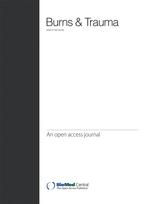 Burns are a significant cause of trauma, and over the years, the focus of patient care has shifted from just survival to facilitation of improved functional outcomes. Typically, burn treatment, especially in the case of extensive burn injuries, involves surgical excision of injured skin and reconstruction of the burn injury with the aid of skin substitutes. Conventional skin substitutes do not contain all skin cell types and do not facilitate recapitulation of native skin physiology. Three-dimensional (3D) bioprinting for reconstruction of burn injuries involves layer-by-layer deposition of cells along with scaffolding materials over the injured areas. Skin bioprinting can be done either in situ or in vitro.
Burns are a significant cause of trauma, and over the years, the focus of patient care has shifted from just survival to facilitation of improved functional outcomes. Typically, burn treatment, especially in the case of extensive burn injuries, involves surgical excision of injured skin and reconstruction of the burn injury with the aid of skin substitutes. Conventional skin substitutes do not contain all skin cell types and do not facilitate recapitulation of native skin physiology. Three-dimensional (3D) bioprinting for reconstruction of burn injuries involves layer-by-layer deposition of cells along with scaffolding materials over the injured areas. Skin bioprinting can be done either in situ or in vitro.
 En este artículo se presenta la visión futurista que de su especialidad tienen siete líderes de opinión estrechamente comprometidos con la patología mamaria. Las especialidades incluidas fueron radiología, patología, cirugía, cirugía plástica, medicina nuclear, oncología médica y oncología radioterápica. Ampliar…
En este artículo se presenta la visión futurista que de su especialidad tienen siete líderes de opinión estrechamente comprometidos con la patología mamaria. Las especialidades incluidas fueron radiología, patología, cirugía, cirugía plástica, medicina nuclear, oncología médica y oncología radioterápica. Ampliar…![]()
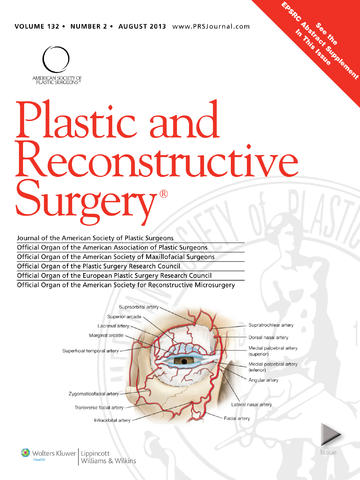
 Burns are a significant cause of trauma, and over the years, the focus of patient care has shifted from just survival to facilitation of improved functional outcomes. Typically, burn treatment, especially in the case of extensive burn injuries, involves surgical excision of injured skin and reconstruction of the burn injury with the aid of skin substitutes. Conventional skin substitutes do not contain all skin cell types and do not facilitate recapitulation of native skin physiology. Three-dimensional (3D) bioprinting for reconstruction of burn injuries involves layer-by-layer deposition of cells along with scaffolding materials over the injured areas. Skin bioprinting can be done either in situ or in vitro.
Burns are a significant cause of trauma, and over the years, the focus of patient care has shifted from just survival to facilitation of improved functional outcomes. Typically, burn treatment, especially in the case of extensive burn injuries, involves surgical excision of injured skin and reconstruction of the burn injury with the aid of skin substitutes. Conventional skin substitutes do not contain all skin cell types and do not facilitate recapitulation of native skin physiology. Three-dimensional (3D) bioprinting for reconstruction of burn injuries involves layer-by-layer deposition of cells along with scaffolding materials over the injured areas. Skin bioprinting can be done either in situ or in vitro.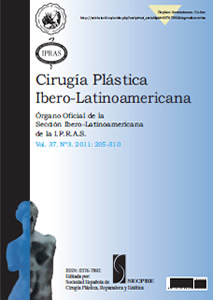
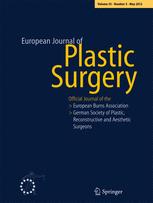 Size of the nose varies in the different parts of the world, and perception of what is the aesthetically acceptable nose shows large differences depending on the ethnic background, type of the society, gender and age. Nose which is generally larger than the average nose in a given society, particularly regarding the height of its nasal bridge, could be defined as a prominent nose.
Size of the nose varies in the different parts of the world, and perception of what is the aesthetically acceptable nose shows large differences depending on the ethnic background, type of the society, gender and age. Nose which is generally larger than the average nose in a given society, particularly regarding the height of its nasal bridge, could be defined as a prominent nose.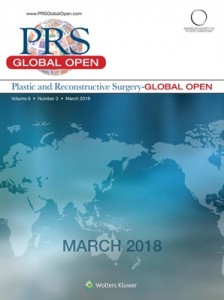 Traditionally, tissue expanders (TEs) for breast reconstruction have been placed beneath the pectoralis major muscle with or without acellular dermal matrix. More recently, full acellular dermal matrix coverage has been described for prepectoral TE placement. Our study aims to explore differences in clinical and quality-of-life (QOL) outcomes for prepectoral versus subpectoral TE breast reconstruction.
Traditionally, tissue expanders (TEs) for breast reconstruction have been placed beneath the pectoralis major muscle with or without acellular dermal matrix. More recently, full acellular dermal matrix coverage has been described for prepectoral TE placement. Our study aims to explore differences in clinical and quality-of-life (QOL) outcomes for prepectoral versus subpectoral TE breast reconstruction.
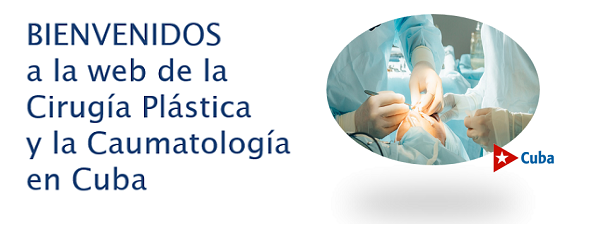
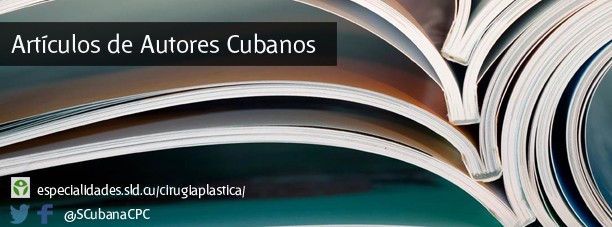
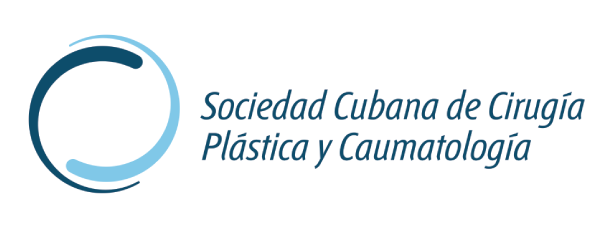
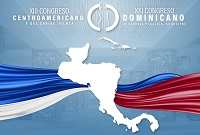
 Sitio web publicado el
Sitio web publicado el
Los lectores comentan